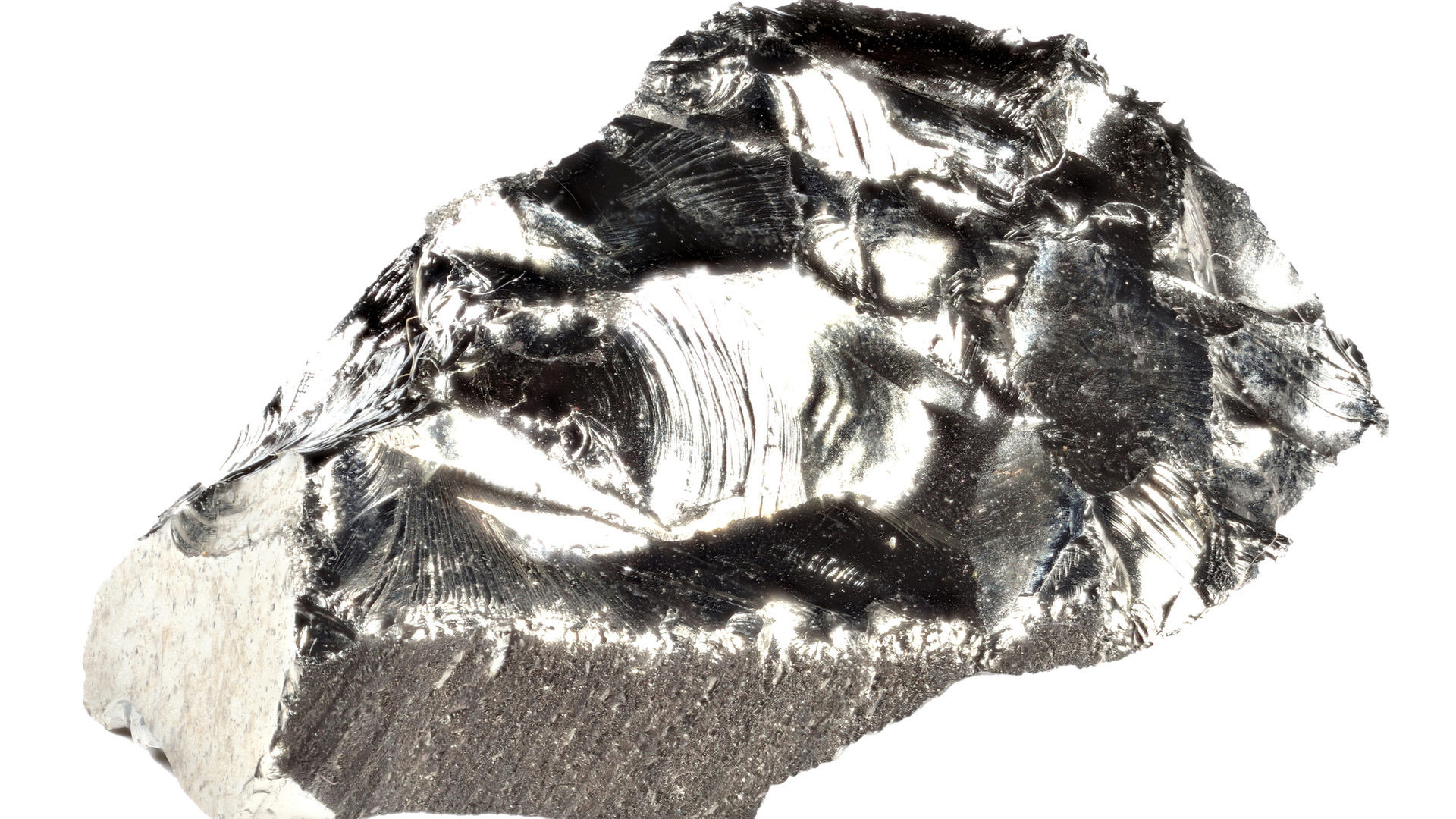

Osmium holds the distinction of being the rarest precious metal and, indeed, the rarest stable element found in the Earth's crust. It naturally occurs as a trace element, primarily in platinum ores and the mineral osmiridium (an alloy with iridium). Its extraction is complex and typically occurs as a byproduct of refining other metals like platinum, gold, and nickel. This inherent rarity and the intricate production process underscore the increasing significance of recycling osmium.
The global osmium recycling market is experiencing significant growth, driven by several key factors. One of the primary motivators is the heightened focus on sustainability and environmental concerns. As the world increasingly prioritizes sustainable practices and aims to reduce the environmental impact associated with mining, recycling has emerged as a crucial alternative for sourcing this rare metal.
In addition to sustainability, effective resource management plays a vital role in the growth of the recycling market. By recycling osmium, we conserve a scarce resource and ensure a more consistent supply chain, thereby reducing dependency on primary mining operations. This aspect becomes even more urgent in light of the increasing regulatory pressure worldwide, where stringent environmental regulations mandate waste reduction and promote recycling initiatives.
Another factor contributing to this expansion is the growing industrial demand for osmium's unique properties. Industries such as automotive, electronics, and chemicals heavily rely on osmium and its applications, which include catalysts, durable electrical contacts, and high-performance alloys. This rising demand fuels the need for recycled osmium to meet various industrial requirements.
Moreover, recycling presents economic incentives, offering potential cost savings compared to primary extraction and processing methods. Advances in recycling technologies, particularly pyrometallurgical and hydrometallurgical techniques, have also played a significant role. These innovations improve efficiency, recovery rates, and the purity of recycled osmium, making it increasingly viable for high-tech applications. As a result, the osmium recycling market is poised for continued growth in the coming years..
Osmium for recycling is primarily recovered from several key sources. One of the main contributors is industrial waste, which arises from manufacturing processes that utilize osmium, such as those involved in catalyst production and alloy manufacturing. Additionally, with the rapid increase in electronic device consumption, electronic waste, or e-waste, has become a significant source of osmium. Discarded electronics often contain small amounts of osmium in components like electrical contacts, making them a growing area for recovery.
Another source, although somewhat niche in comparison, is jewelry scrap. High-end jewelry that contains osmium can provide valuable material for recycling. Furthermore, end-of-life medical devices, scientific instruments, and spent catalysts also contribute to the overall pool of recyclable osmium, adding to the diversity of sources from which it can be recovered..
Several methods are employed to recover osmium, each suited to different types of materials and circumstances. One of the most established approaches is pyrometallurgical processes, which involve high-temperature methods like smelting. These techniques are particularly effective for processing large volumes of waste, especially industrial scrap.
Another significant method is hydrometallurgical processes. These techniques leverage aqueous chemistry, such as leaching and solvent extraction, making them particularly well-suited for more complex materials like e-waste, where osmium concentrations may be lower. Hydrometallurgy is often regarded as more environmentally friendly, as it typically involves lower energy consumption and reduces emissions compared to pyrometallurgical methods.
In addition to these established techniques, research is continually advancing alternative methods. Emerging processes like bioleaching, which employs microorganisms, and electrochemical techniques are currently being explored for their potential to enhance efficiency and provide further environmental benefits in osmium recovery.
Ultimately, the selection of a recovery method depends on various factors, including the source material, the desired purity of the osmium, the volume of material to be processed, and the associated economic considerations. In many cases, a combination of these methods is employed to achieve optimal recovery results. To ensure that the recycled osmium meets the rigorous standards required for demanding applications, analytical techniques such as Inductively Coupled Plasma Mass Spectrometry (ICP-MS) play a crucial role in verifying the purity of the final product..
Thanks to its exceptional properties, recycled osmium finds a variety of applications that mirror those of primary osmium. One of its key uses is in catalysts, where it plays an essential role in chemical synthesis and automotive catalytic converters. Additionally, recycled osmium is highly valued in the production of electrical contacts, prized for its durability and conductivity, making it a staple in high-reliability electronics.
In the realm of alloy production, recycled osmium is utilized alongside platinum group metals to create materials that are both extremely hard and durable, suitable for high-stress applications such as aerospace components and historically for the tips of pens. Beyond these applications, it also finds use in scientific instruments, medical devices, and is increasingly becoming popular in high-end jewelry.
The primary consumers of recycled osmium span several industries, including the automotive, electronics, chemical, medical and scientific sectors, as well as the jewelry market. Geographically, the Asia Pacific region is poised to lead market growth with a projected compound annual growth rate (CAGR) of 7.5%, driven by rapid industrialization and significant e-waste generation. Meanwhile, North America and Europe are also key markets, with projected CAGRs of 6.2% and 6.0%, respectively, attributed to their established recycling infrastructures and strong regulatory frameworks. In contrast, while Latin America and the Middle East & Africa represent smaller markets, they are still on an upward trajectory, with projected CAGRs of 5.8% and 5.5%.
The market benefits from regulatory tailwinds and growing demand from emerging technologies. However, challenges remain, including the high cost and technical complexity of recycling processes and the variability in the supply and quality of waste feedstocks. Continued innovation in recycling technology and efficient collection infrastructure are key to overcoming these hurdles and fully realizing the potential of osmium recycling. Given the toxicity associated with certain osmium compounds like osmium tetroxide (OsO4), safe handling protocols throughout the collection and recycling process are paramount.